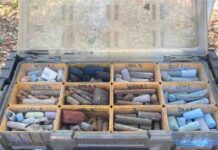While researching for an article on my HowToPastel blog, I came across some exquisite pastel studies by Evelyn De Morgan in the Metropolitan Museum of Art.
I had barely heard of this artist (her name rang a faint bell..?) but when I saw her work, I was stunned. Her paintings brought to mind the Renaissance painter Sandro Botticelli (a favourite of mine!). Surely too, she was influenced by the work of the Pre-Raphaelites. When I did some exploring, it was clear that she was influenced by this group of painters. The Met’s description states she was also influenced by contemporaries such as Edward Burne-Jones and Frederic Leighton.
Let’s have a look at the two studies I discovered.
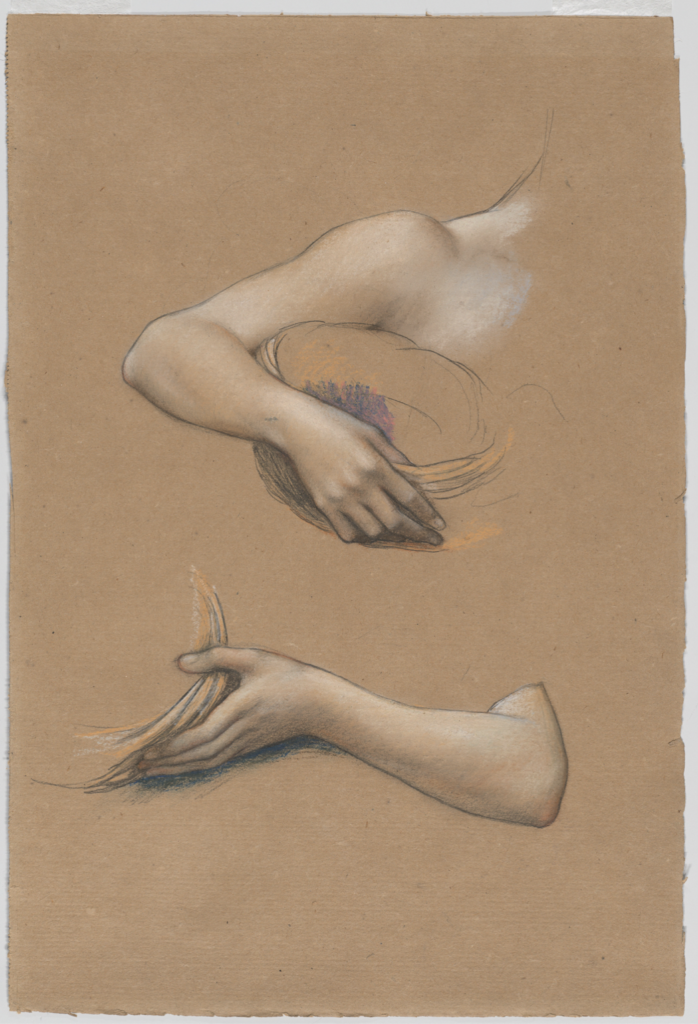
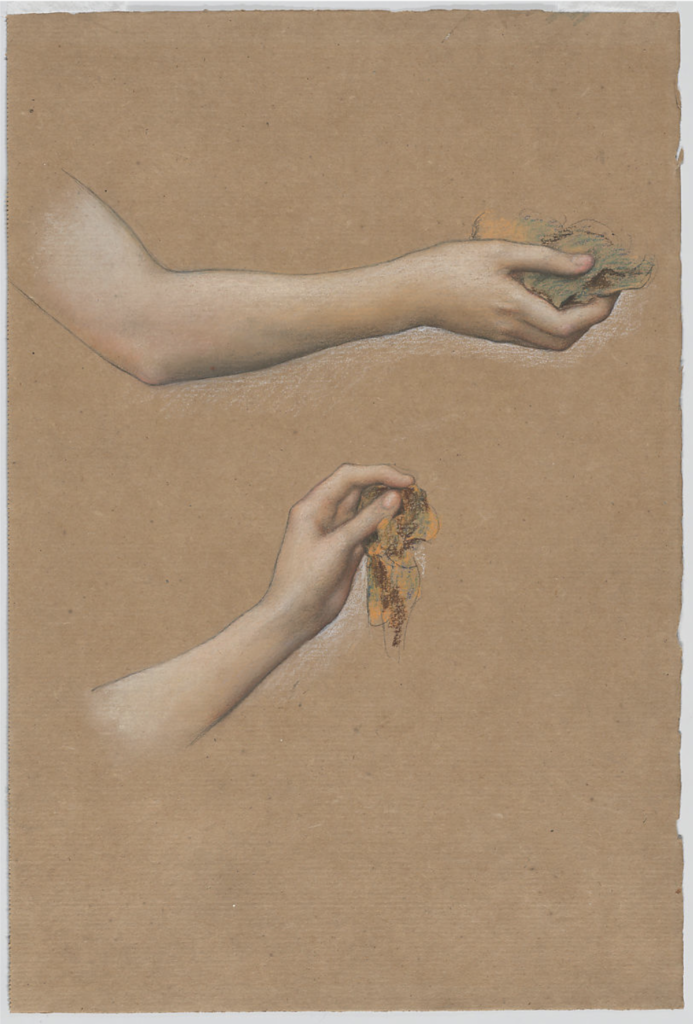
Before we look more closely at these drawings, here’s the painting for which these studies were made.
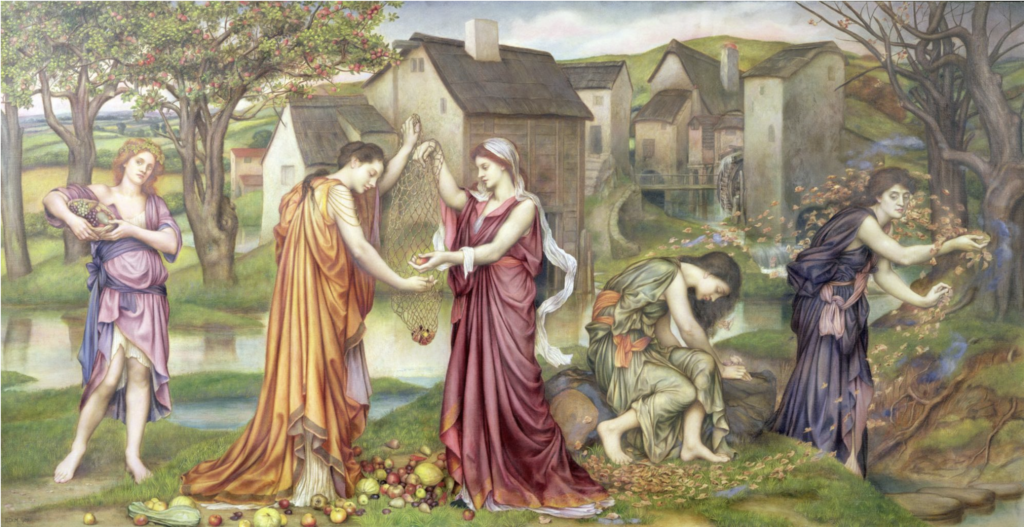
A deep understanding of anatomy is obvious in these pastel drawings. Looking at them, you feel that you can reach out and feel the muscle and bone under the skin, that you could grab hold of an arm and feel the pulse of life there. You can also feel the softness of the skin.
In this drawing, you see how De Morgan was studying the relationship between shoulder, elbow, and hand. Look at that strong contour line that clearly shows her knowledge of the human figure.
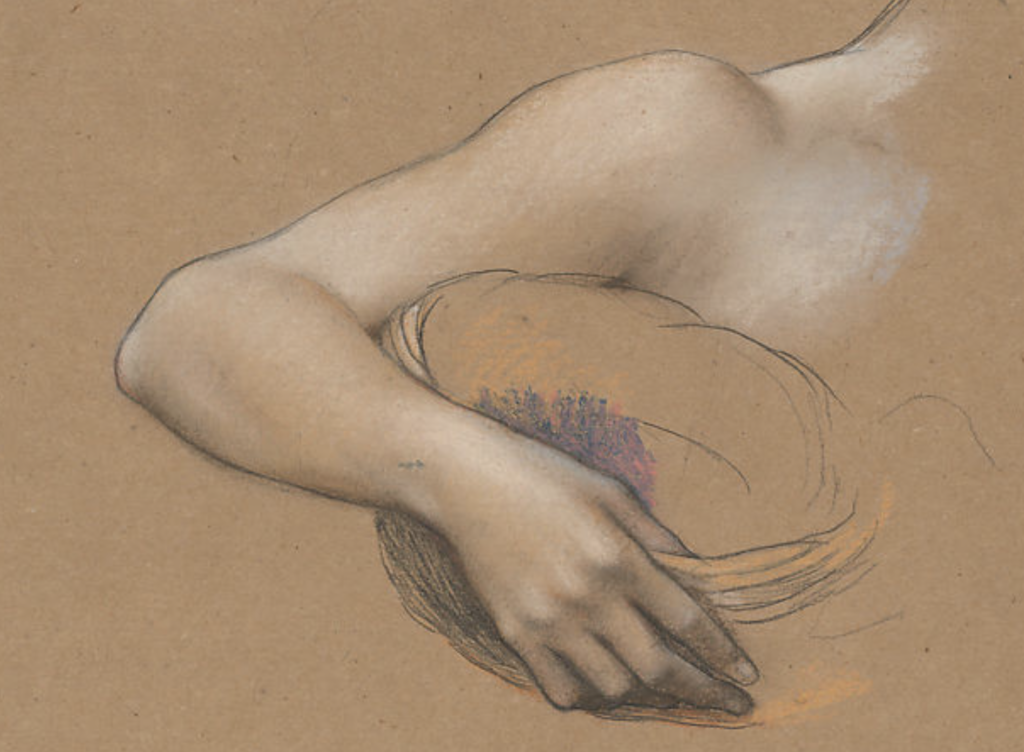
Hands are notoriously one of the more difficult parts of the body to render in a lifelike way. De Morgan renders these hands with a directness that isn’t fussy or detailed but surely shows us the articulation of the fingers as they connect to the hand.
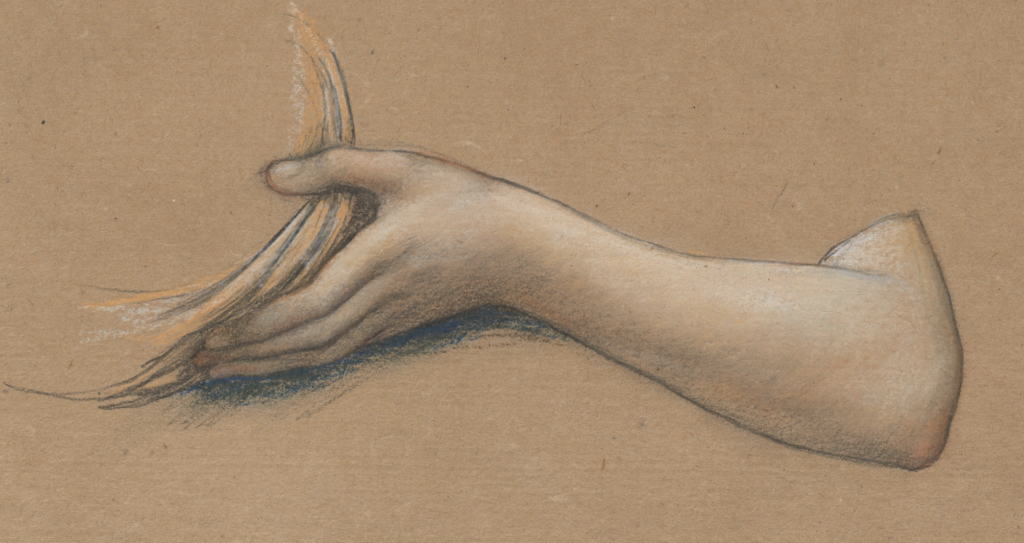
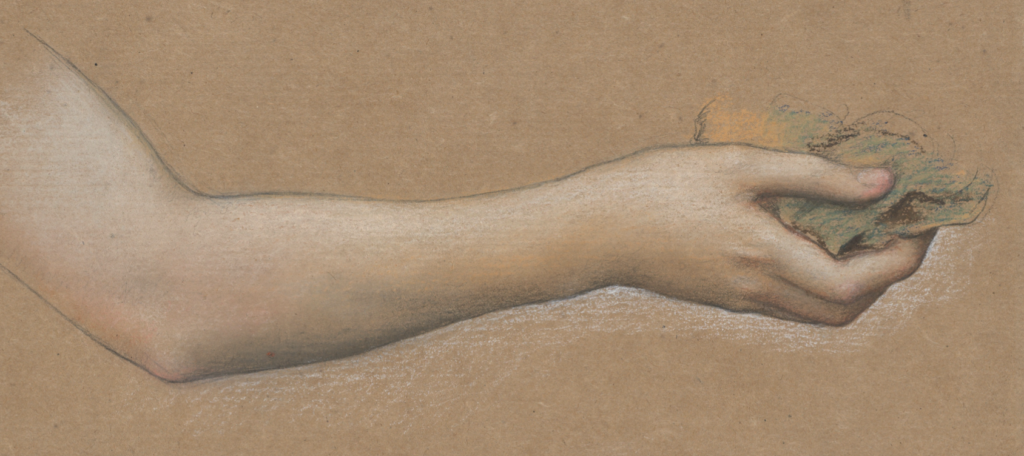
She also manages to express the compassion and gentleness of the person through these drawings.
It’s evident from the focus on the arms and hands that this is the singular purpose of these studies. She doesn’t worry about the basket one woman is holding or the leaves held by another. She indicates both articles with a minimum of strokes.
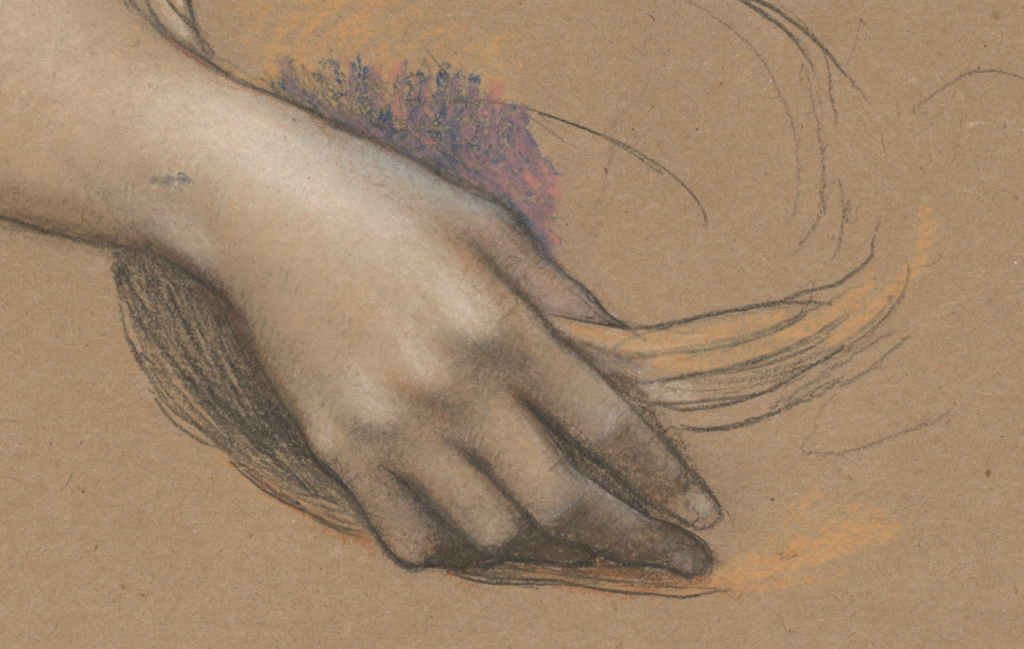
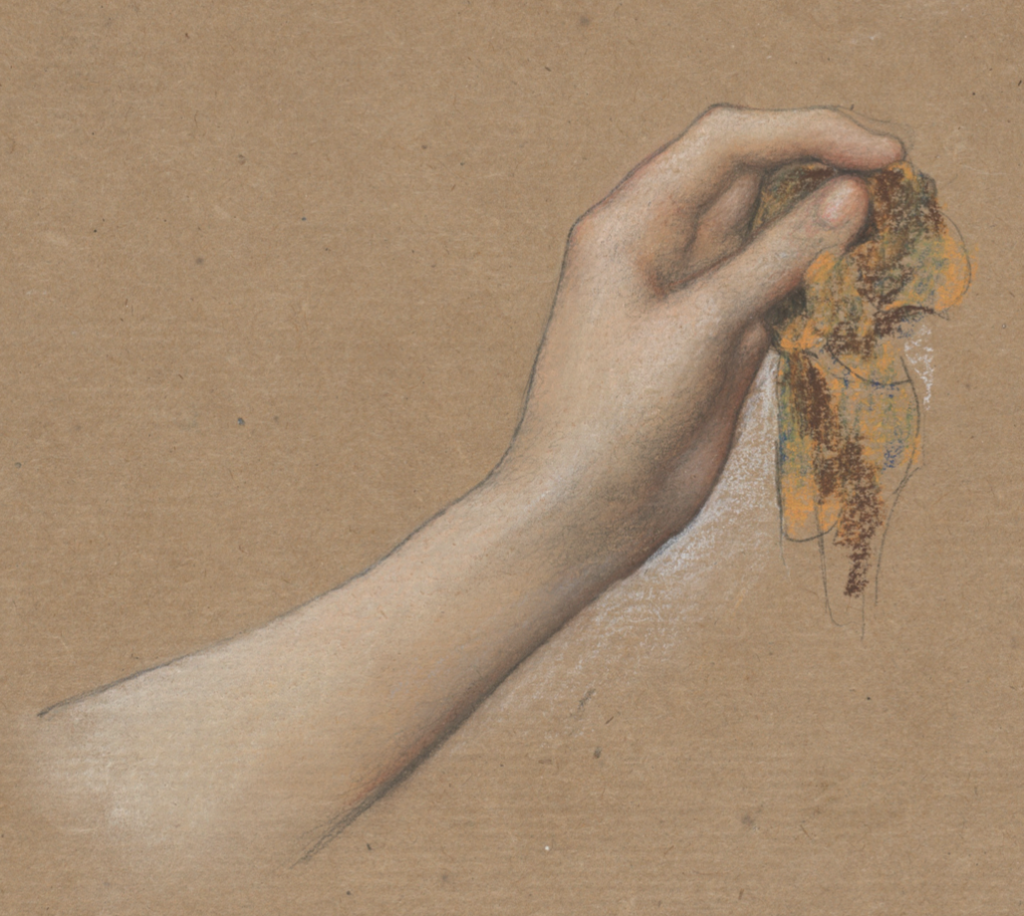
Each sheet of drawings depicts the arms of one figure – the women on each side of the painting. This leads me to surmise that there were also drawings done of the arms of the other three women. (You will find head studies and another sheet of arms in the De Morgan collection.)
You can see how De Morgan made small changes when she came to the painting. Look at the woman on the right and you’ll see how De Morgan altered the orientation of the figure’s right arm (the arm on the left). The elbow and shoulder are now almost in a horizontal line.
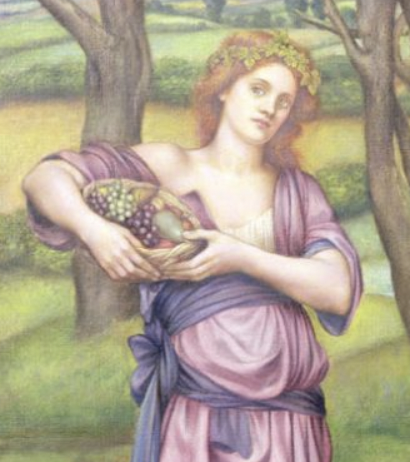

With the woman on the left, you can see that although the position of the hand itself is similar, the angle of the arm is completely different.
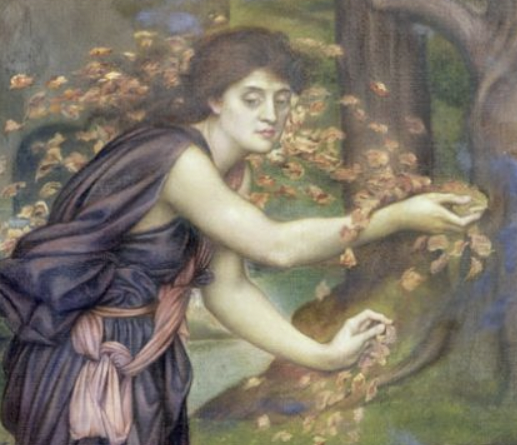

I’m always fascinated by preparatory drawings as they give us so much information about the thought processes of an artist. And with these pastel studies by De Morgan, you almost feel as if you’ve just watched her create them. Most likely, she was drawing from a life model in the requested pose.
If you’re curious about Evelyn De Morgan’s work, be sure to visit the De Morgan Collection online where you’ll find paintings and drawings by Evelyn De Morgan and many fabulous ceramic pieces by her husband William De Morgan plus work by other members of the family.
Here’s a write-up about the painting “The Cadence of Autumn” on the De Morgan Collection website. It gives some insight into the artist herself.
“By 1905 Evelyn De Morgan was 50, she had lived through the Boer War and the outbreak of the First World War. It is therefore, perhaps no surprise that her thoughts become more and more preoccupied with the end of life and death.
The adoption of the four seasons to depict the life cycle is a well-rehearsed trope in philosophy, Christianity and art and Evelyn, in a clearly reflective mood took the opportunity to illustrate her preoccupation with this theme. The left hand side of the picture is bright in colour and thus, the young female in her mauve robes depicts spring. The two central figures in the painting, who harvest an abundance of fruit, symbolise summer. Towards the right of the picture the colours become more muted and sombre and these figures depict the autumn of life.
A cadence is the close of a musical phrase and in painting this work, Evelyn is declaring the Autumn of her life as the end of the season of gaiety and plenty and the start of the grey cold winter and the descent towards old age and eventually death.”
And here’s a curator’s take on a 2020 exhibition of Evelyn De Morgan’s work.
I’d love to know your thoughts so be sure to leave a comment on the blog!
____________________________________________________________________
RED speaks loudly in the Red Rock Exhibition Catalogue!
Want to be inspired? The Red Rock Pastel Society of Nevada has announced that a catalogue of their recent exhibition is available. You can get a FREE digital copy of the catalogue.
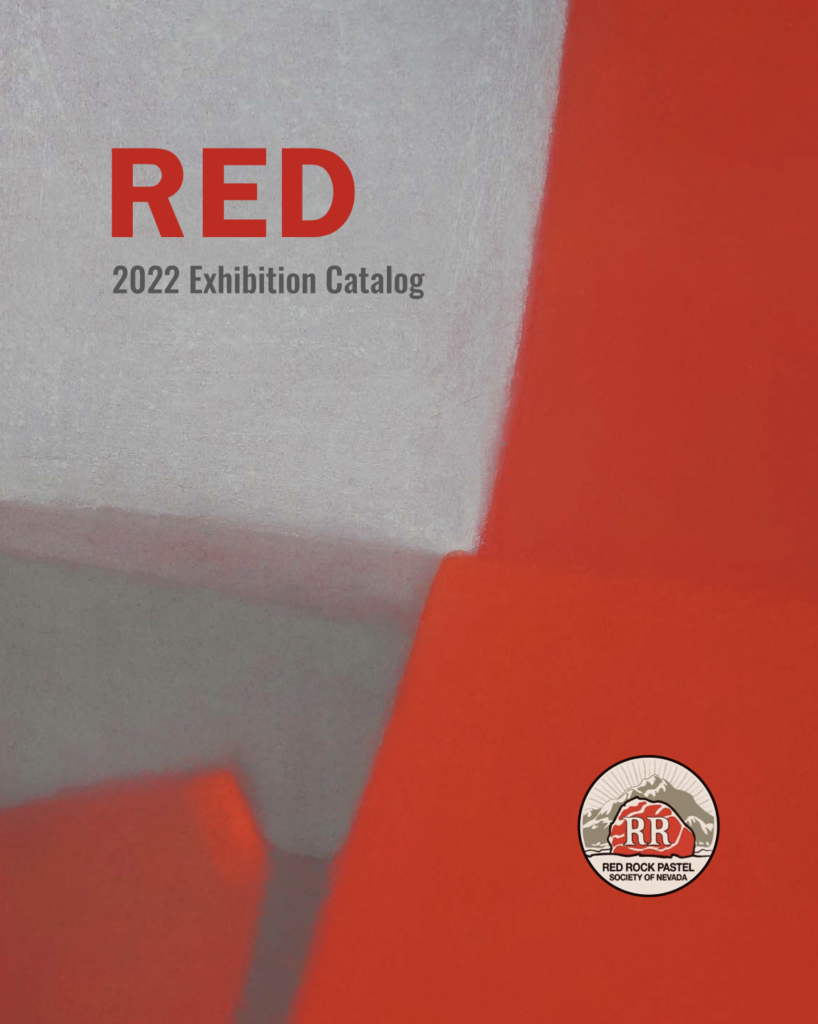
Or why not get yourself a print copy (because who doesn’t love looking through a real paper version?!). Click here to order!
That’s it for this time!
Gail

